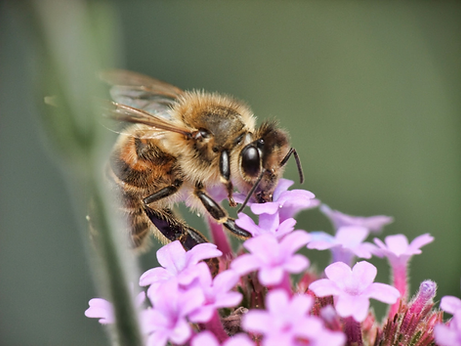In 2017 the United Nations designated May 20 as World Bee Day to celebrate bees and raise awareness of the importance of bees, the plight of pollinators, and how they can influence sustainable agricultural practices. Our first observance of World Bee Day was celebrated May 20, 2018. Why May 20th? Because it was the birthdate of Anton Jansa, a pioneer in beekeeping. Born in present day Slovenia, he was the “first beekeeping teacher at the imperial court in Vienna”. This year’s UN theme, “Bee engaged in pollinator-friendly agricultural production”, calls on all communities to “support pollinator-friendly agricultural production”.
(Some of the links within this post are affiliate links on which I receive a small compensation from the sale of certain items with no extra cost to you.)
(As an Amazon Associate I earn from qualifying purchases.)
The Importance of Bees
Pollination
As bees flit from one tree (or flower) to the next, they are actually depositing pollen from the gametes of the male trees to the ovules of the female trees, thus fertilizing them. Other kinds of pollinators include birds such as hummingbirds, and insects like butterflies, beetles, moths, and flies. However, bees are by far the most important drivers of pollination.
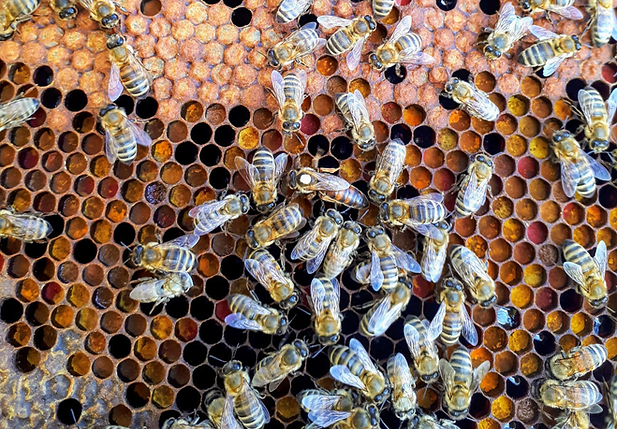
Maintain Ecosystems
We need healthy ecosystems. They control flooding, diminish the effects of weather related occurrences, and maintain the proper balance of survival for all flora and fauna.
Healthy Foods
Bees keep people and the planet healthy. According to the USDA, honey bees pollinate $15 BILLION worth of crops each year. These include approximately 130 different kinds of vegetables, nuts, and fruits. Bees also annually produce honey worth millions.
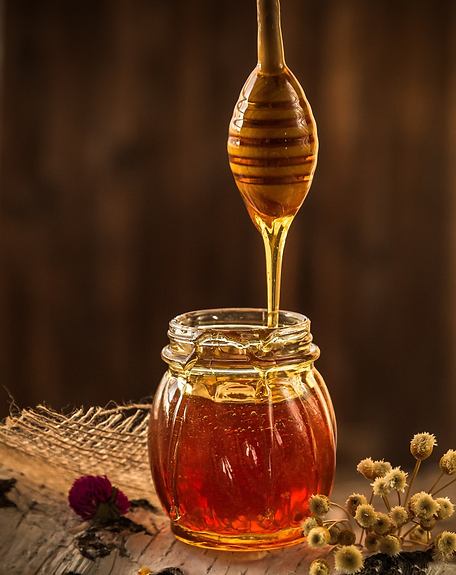
According to Harvard University, “A diet rich in vegetables and fruits can lower blood pressure, reduce the risk of heart disease and stroke, prevent some types of cancer, lower risk of eye and digestive problems, and have a positive effect upon blood sugar, which can help keep appetite in check”.
Without the harvest of these vegetables, nuts, and fruits, our supermarkets would look quite different.
Produce Necessary Food Sources
All living creatures need a healthy food supply. Without pollinators we and other animals would be deprived of necessary sources of nutrition. This would start a domino effect throughout the food chain and the ecosystems. Once the plant eating animals do not have vegetables, nuts, or fruits to eat, they will begin to die. Then the carnivores would not have anything to prey on. Finally, with the lack of crops and the dying off of prey and predator animals, there would be an enormous decrease in the human food supply.
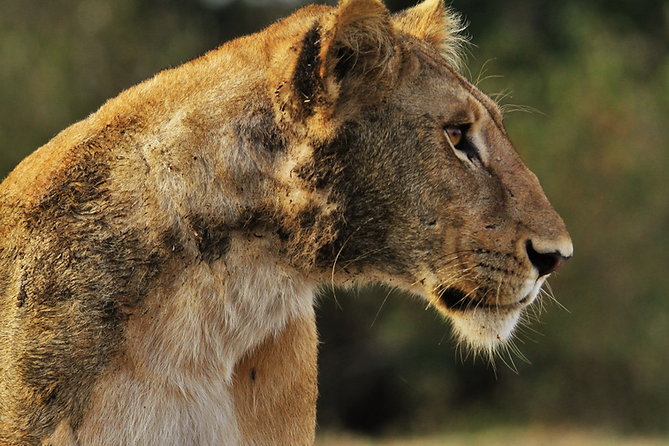
Beautiful Aesthetics
Every spring Cherry Blossom festivals are celebrated in Washington, D.C. and other parks such as Branch Brook Park in Newark, NJ. They are a beautiful sight to see. In addition to fruit trees the beauty of Redbuds, Dogwoods, Maples, Crabapples, and Serviceberry trees cannot be beat.
Without pollinators we would not have this natural beauty to appreciate. Click below to see the wonders of bees and other unsung heroes.
Why Are Bee Populations and Other Pollinators Declining?
Just look around and you will realize why so many pollinators, specifically bees, are dying off.
1. Loss of Habitat
The expansion of roads, buildings, warehouses, neighborhoods, stores, stadiums, airports, logging and mining operations have destroyed natural habitats for pollinators. Now it’s rare to see rolling meadows of wildflowers or forests of beautiful native trees. Instead, manmade objects have replaced them and continue to do so.
2. Monoculture farming
For many years farmers have planted fields of one specific crop. We are learning now that this is not good for the soil, the environment, and the pollinators.
3. Pesticides
Pesticides were not always thoroughly regulated. Thanks to science we are finding that many pesticides that were used in the past were not only harmful to humans, but to insects, birds, and animals. The FDA (Food and Drug Administration), the US Department of Agriculture (USDA) and state agencies work together to regulate the types and amounts of pesticides used on crops. Click here for more information on Environmental Protection and Pesticides.
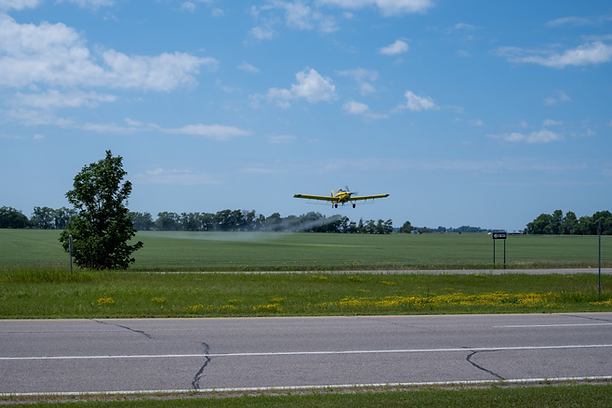
4. Invasive Plant Species
Plants and trees from other countries have been promoted in the United States. An invasive plant is one that is introduced by humans and spreads outside of its natural range. Some of these species are invasive and take over native plant habitats and natural ecosystems. The Bradford Pear, Mimosa, Russian Olive, and the Tree of Heaven (deciduous sumac) are invasive, just to name a few.
5. Climate Change
Like humans, certain bees (honeybees) cannot tolerate high levels of heat. This lower resistance to heat reduces their ability to perform long distance pollination.
6. Pathogens and Pests
A contagious bacterial infection is a pathogen. Pathogens such as American Foulbrook and Chalkbrook infect the bee larvae and kill them.
Ants, skunks and mice invade bee hives, kill the bees, and feed on their combs including the honey.
7. Pollution
We know that breathing in fuel exhaust and harmful chemicals causes a plethora of illnesses in humans. Research has found that bees are also susceptible to the harmful effects of pollutants. Honeybees in particular are “hairy” and hold tiny particles called microplastics that float in the atmosphere. The honeybees spread these onto different flora when they rest on them.
In addition to transferring microplastics from one flower to the next, air pollution blocks the scent of flowers which is what draws the pollinators to them.
Research has shown that 80% of bees in urban areas die, in contrast to 80% of bees that survive in rural and low pollution areas.
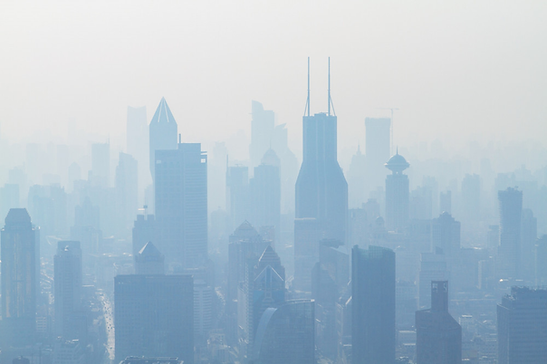
8. Colony Collapse Disorder (CCD)
Worker bees have been dying at an alarming rate. Without adult worker bees the entire colony collapses. This has been occurring in managed bee colonies in Britain more so than in natural bee colonies. England regularly loses 60% of their colonies each winter. They suspect it is due to parasites, different farming practices, and the use of insecticides.
How Can We Save the Bees?
One way is through awareness. Creating an International Bee Day is a major step towards mitigating the problem. Hopefully, through awareness agricultural practices will be altered for the betterment of bees.
Here are some other suggestions we gardeners can consider to help save the bees.
1. Plant more urban gardens with flowers and trees that attract pollinators.
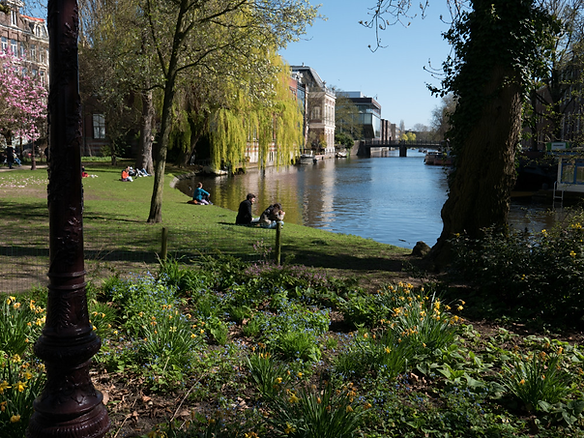
2. Plant trees in urban areas on city streets to trap air pollutants.
3. Become an apiarist, a/k/a beekeeper. Beekeepers supply shelter, medications, and queen bees if needed. Providing the bees with these items will help them take care of themselves.
4. If you’re interested in becoming a beekeeper, purchase a Flow Hive or other beehive kits from Amazon.
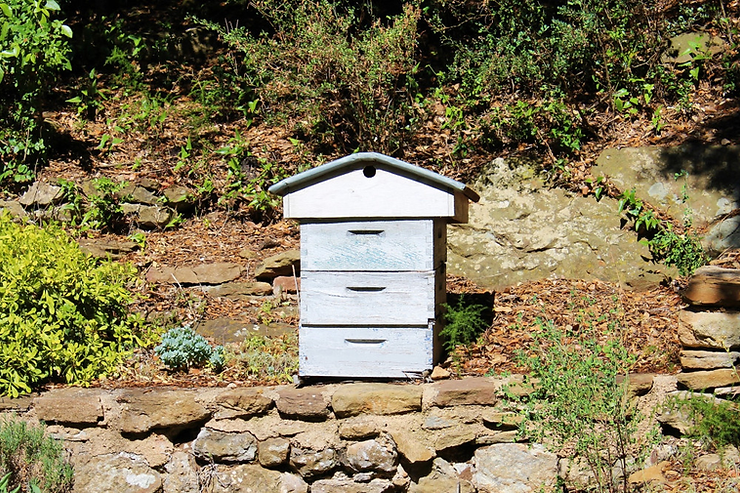
5. Use natural ingredients to control pests in your garden.
6. Turn lawns into glorious wildflower meadows.
May 20 is World Bee Day – Everyday SHOULD Be World Bee Day – Conclusion
Bees are essential to our existence. Without them, our world would look and be quite different. Unfortunately, our bee population is declining. By making more people aware of the plight of bees, we can help mitigate and reverse this calamity. You too can help save the bees by incorporating some of the practices discussed in this article into your life.
If you enjoy reading, Jodi Picoult’s book called Mad Honey is “a soul-stirring new novel about what we choose to keep from our past and what we choose to leave behind”. The life of a beekeeper is highlighted as a subplot in the story.
I will end this post by inviting you to listen to the Flight of the Bumblebee played by John Galway, a renowned flutist, (or as they say in England, flautist!) It sounds just like busy bees.
I hope you enjoyed this post. Please leave a comment below. I’d love to hear from you. Also please share it with friends and family.
Happy Gardening,
Nina
bestgardeningforbeginners@gmail.com

